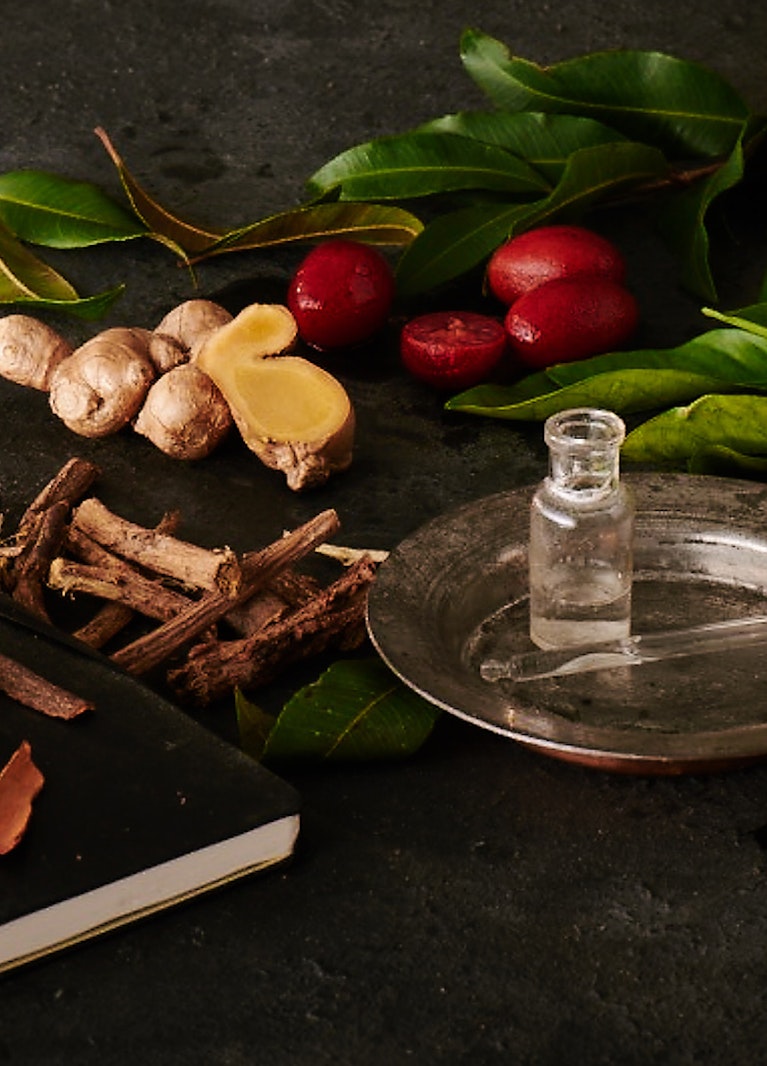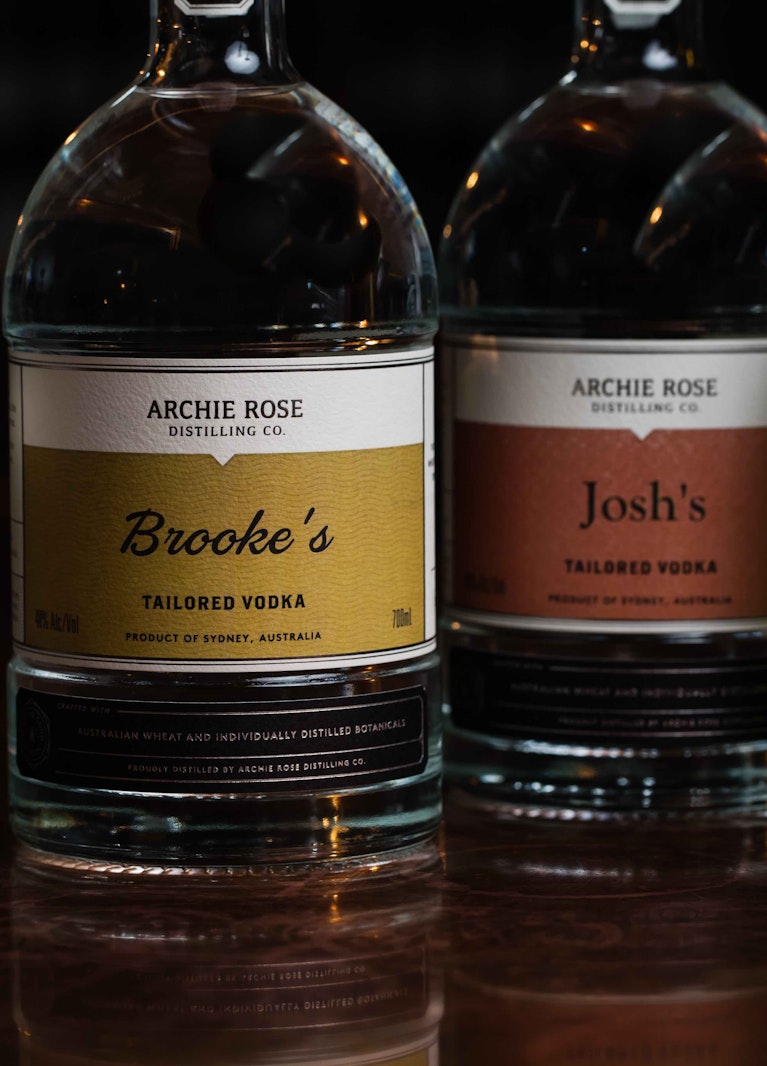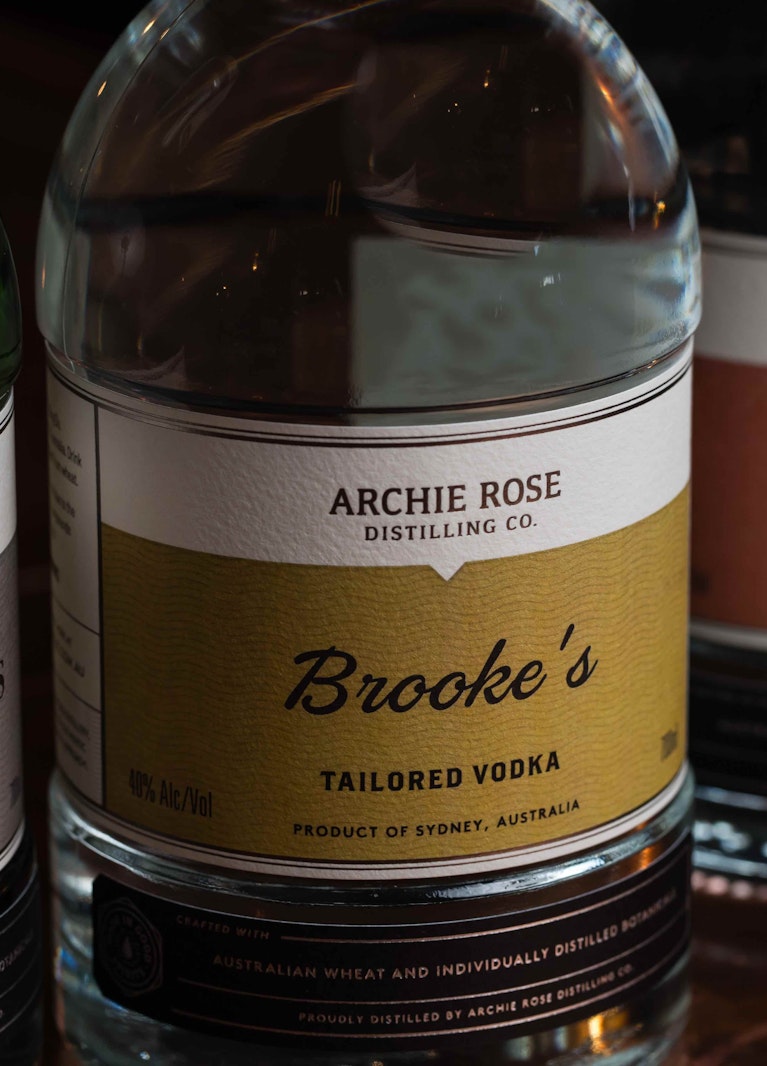A GUIDE TO BLENDING GIN BOTANICALS

Blending your own botanicals for a Tailored Gin or Vodka can be an intimidating task. Yet the fact of the matter is, it’s not as hard as people think it is. Moreover, it’s a great opportunity to be expressive and put a bit of your own personality into a bottle.
We get quite a few self-effacing gin lovers reaching out to us and asking for advice. Personally, I love it when I have the opportunity to chat to these gin blenders. There’s such a refreshing honesty about the flavours they enjoy and the flavour profile they’re aiming for. Our Tailored Spirits program allows people to express an enormous amount of freedom inside and outside the bottle with your own customised flavour profile and bottle label design.
Here are a few simple ideas I would encourage anyone embarking on creating a Tailored Gin or Vodka to consider. Following these will no doubt lead to a great tasting spirit, while still leaving room for your own flare and personality.

1. FORM A CLEAR PICTURE IN YOUR MIND OF WHAT YOU WANT THE FINAL PRODUCT TO TASTE LIKE
It may sound obvious, but having a solid idea about the occasion and mood your gin or vodka is going to be consumed in is a great place to start. For example if you’re looking to create a gin or vodka to be enjoyed with friends in the sun, think about the ingredients that speak to the occasion, such as lemon myrtle, river mint or honey. If a more wintery tipple is on the cards then maybe warming ingredients such as cassia, dorrigo pepperleaf and ginger might be more fitting.
2. FOCUS ON A STYLE AND USE ONLY A FEW BOTANICALS
It’s a hard lesson to learn with blending spirits that less is sometimes more. Some flavours can compete with each other for dominance. The best way to avoid this in your blend is to focus on a particular style of spirit. Do you want it to be fruity, floral, spicy or herbal? Or do you prefer a more classic style gin? This is a great place to start. From there, we suggest you use three or four distillates that have some commonality in profile.
HERE’S A GUIDE BELOW TO OUR BOTANICALS:
FRUITY:
Pink Peppercorn has bright berry notes with subtle spice and woody characteristics.
Raspberry displays notes of fresh unsweetened raspberry jam.
Lemon myrtle has powerful, in-your-face lemon notes with a sweet confectionery accent. This is a beautiful distillate that can be used to really dial up citrus characteristics.
Orange peel adds a nice zesty richness to the nose. Best used in moderation as it can occasionally overpower more subtle notes.
FLORAL:
Local honey gives the impression of sweetness and contributes a depth of character with a very subtle floral character. Best to use sparingly as honey can distract from other flavours easily.
Orris Root has a beautiful floral character, with a subtle earthy undertone. Smelling overwhelmingly of violets, this is a core ingredient in classic gins but works wonderfully in vodka as well.
Strawberry Gum displays floral berry sherbet notes, with a touch of eucalypt.
SPICY:
Cassia bark adds a bold cinnamon spice to your spirit. Use with caution, this unmistakable distillate adds warmth and complexity but can dominate if not used sparingly. A very interesting component to play with if you’re looking for more of a winter style spirit.
Ginger root is vibrant yet warming and provides lift and freshness to your gin or vodka. Pairs beautifully with lemon myrtle and orris root.
HERBAL:
Dorrigo Pepperleaf has an element of spice, but with a milder, herbal flavour profile, adding complexity and character.
River mint adds freshness and is particularly nice when paired with citrus and Dorrigo pepperleaf.
CLASSIC:
Juniper provides a fresh, dry, piney note to the spirit. Use this to define the dryness of your gin.
Coriander Seed is one of the most traditional gin botanicals. It is predominantly herbal and earthy but with a subtle citrus and floral edge.
3. CONSIDER FLAVOURS THAT WORK IN HARMONY
Some of the best flavour combinations are those that we intuitively know work. Think orange peel and cassia or juniper and coriander seed. It’s much trickier to get dissimilar flavours to get along. It’s also easy to be seduced by flavours we enjoy on their own but ones that do not necessarily work together. There is no need to overthink your recipe with complex concoctions. The best results come from simple and effective combinations. Use the information icons on each botanical for detailed tasting notes that guide you on your master blender journey.
4. WHEN IN DOUBT, START WITH OUR RECOMMENDED BLENDS
There are a number of recommended blends available online which are a great starting point. They highlight some classic flavour fusions but also allow you to change the intensity of flavours. Each is crafted by our distilling team and they’re great jumping-off points to more personalised blends that allow your own character to shine.
Create your own bottle of Archie Rose Tailored Gin or Vodka here.
